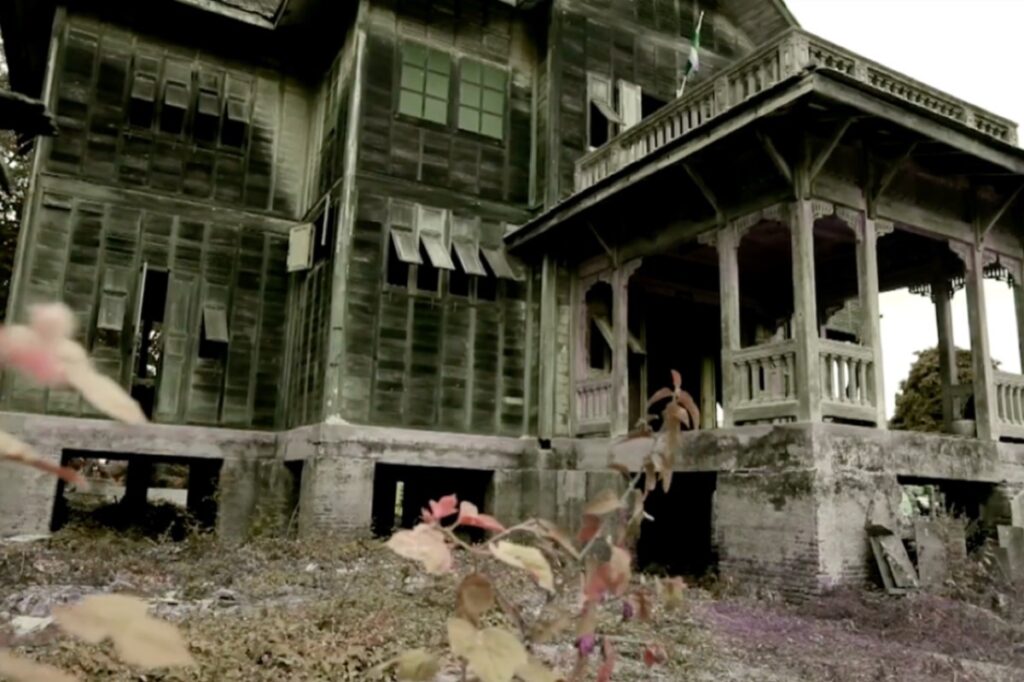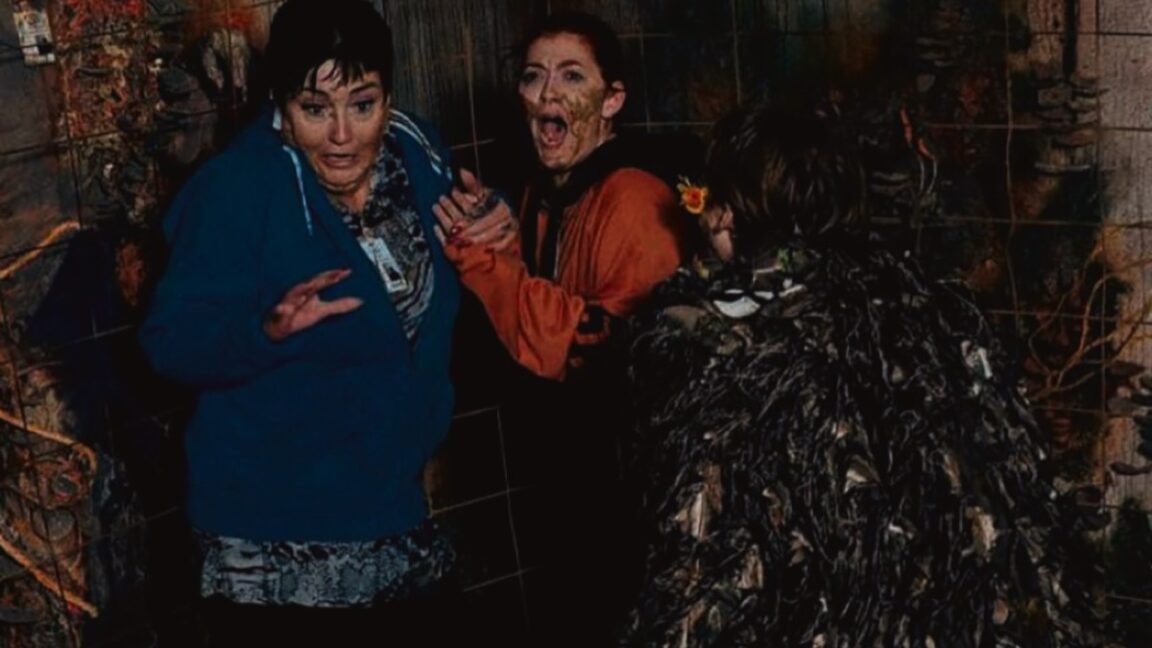Study found marked decrease in inflammatory markers and white blood cells after visiting a haunted house.
Spooky season has come and gone, but those Halloween revelers who took in a haunted house during the season might just have boosted their immune systems by doing so, according to a new paper published in the journal Brain, Behavior, and Immunity.
As previously reported, fear is typically viewed as a negative emotion, an adverse reaction to keep us on our toes with regard to potential dangers in our environment. But human beings also tend to seek out scary movies, horror novels, or haunted houses—and not just during the Halloween season. This tendency has been dubbed "recreational fear" in the academic literature: a "mixed emotional experience of fear and enjoyment."
Co-author Mathias Clasen of Aarhus University, author of Why Horror Seduces, specializes in studying recreational fear. For instance, Clasen has examined the dominant personality traits of horror fans. (They tend to score high on openness to experience, also called intellect imagination.) In 2019 we reported on his investigation of two different fear-regulation strategies employed by subjects participating in a Danish haunted house: "adrenaline junkies," who lean into the fear, and "white-knucklers," who try to tamp down their fear.
Clasen followed that up with a 2020 study based on analysis of data gleaned from a 2017 experiment at the annual Dystopia haunted house in Vejle, Denmark, a commercial attraction with 42 thematically connected rooms, providing an immersive, live-action horror experience. Housed in an old fish factory and run by a group of horror enthusiasts, as many as 300 volunteers pitch in for the entire month of October each year. It's highly theatrical, with AV effects, elaborate set designs, and live actors in full makeup and costumes. Visitors encounter zombies, killer clowns, and a bloody butcher in a pig mask wielding a chainsaw, among other recreational horrors.
The Aarhus researchers strapped heart-rate monitors onto the participants who volunteered for the study and outfitted several of the haunted-house rooms with infrared cameras. That way they could measure heart rates and also track posture and facial expressions. Participants completed questionnaires before and after their haunted house experience.
Those results were consistent with Clasen's hypothesis that there is a sweet spot between too much fear and not enough fear, between predictability and unpredictability, "where you feel you have a certain amount of control over the situation, but there’s still a degree of unpredictability," Clasen told Ars in 2019. When Clasen's team plotted the relationship between levels of self-reported fear and enjoyment by participants in the experiment, the data showed an inverted U-shape—a Goldilocks zone for maximum enjoyment. There was a similar U-shaped trend in the data for participants' heart-rate signatures.
An immunity boost?
For this latest study, Clasen and his co-authors went back to the haunted house and recruited a new pool of volunteers between September and November 2023. The methodology was largely the same, except this time they drew blood from participants before, immediately after, and three days after their trip through the haunted house to measure levels of C-reactive protein (CRP), a significant marker of immune response, as well as the development of immune cells in the blood. A total of 113 volunteers made the final cut.

The results: Clasen et al. found no significant change in the prevalence of low-grade inflammation among the participants. However, after experiencing the haunted house, many participants showed a marked decrease in hs-CRP, particularly if they already had low-grade inflammation prior to the experience. Age, sex, and daily medication use did not affect hs-CRP levels.
As for white blood cells (leukocytes), their numbers decreased in the aftermath of the haunted house, "supporting the hypothesis that inflammation attenuates in response to fear in a recreational setting," the authors wrote. In short, "It looks like it might be beneficial for physical health to be chased by a guy with a chainsaw," Clasen jokingly told Ars.
These findings come with numerous caveats, most notably the fact that numerous other factors can affect the high-sensitivity C-reactive protein (hs-CRP) test used in the experiment. While the team did exclude any volunteers who showed symptoms of bacterial or viral infection, among other conditions, they did not have information on participants' workout regimes, alcohol consumption, smoking, diet, or stress, all of which could also have impacted those three days of measurements, as could psychiatric conditions like depression and anxiety. There was a marginally higher incidence of low-grade inflammation in the study group compared to prior studies.
The authors also did not collect information about race, ethnicity, or economic status of the participants. Nor was it possible to include a control group in the experiment, introducing a certain degree of uncertainty as to whether the measured inflammatory response was solely due to the fear-inducing events or to natural fluctuations over time.
Still, "These findings suggest fear in a recreational setting might positively impact the immune system," the authors concluded. "Future research should explore the adrenergic system's role and confirm the persistence of these effects."
DOI: Brain, Behavior, and Immunity, 2024. 10.1016/j.bbi.2024.10.036 (About DOIs).
Hope you enjoyed this news post.
Thank you for appreciating my time and effort posting news every day for many years.
2023: Over 5,800 news posts | 2024 (till end of October): 4,832 news posts
RIP Matrix | Farewell my friend ![]()
- Mutton
-

 1
1



3175x175(CURRENT).thumb.jpg.b05acc060982b36f5891ba728e6d953c.jpg)
Recommended Comments
There are no comments to display.
Join the conversation
You can post now and register later. If you have an account, sign in now to post with your account.
Note: Your post will require moderator approval before it will be visible.